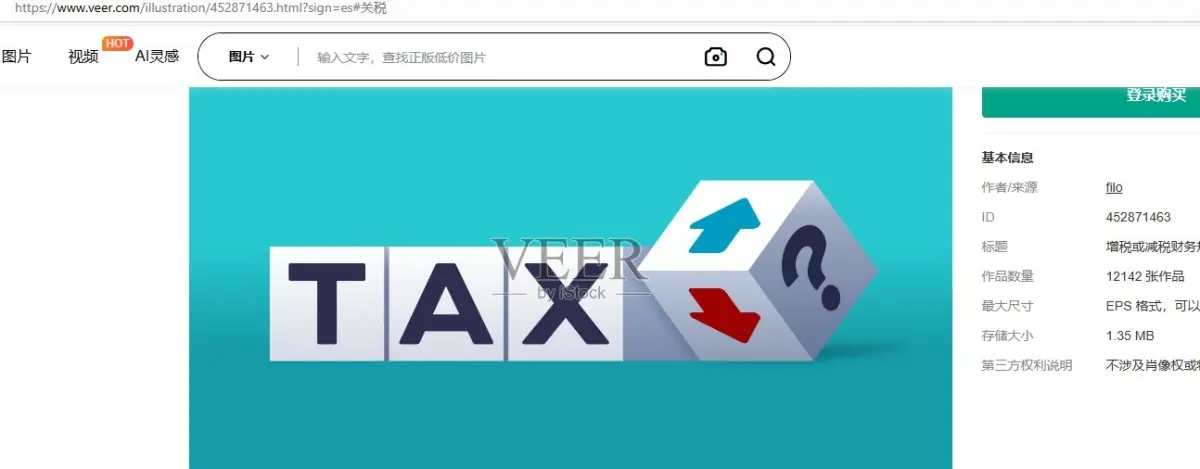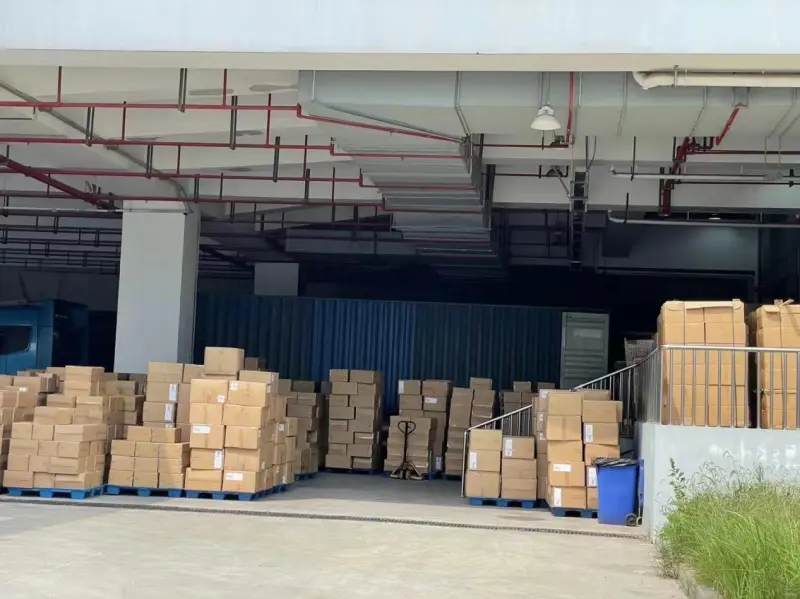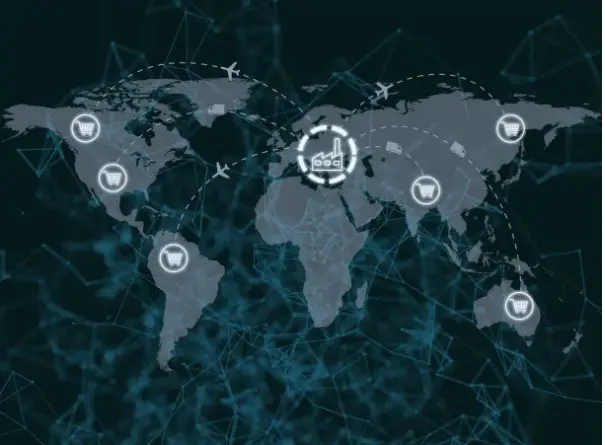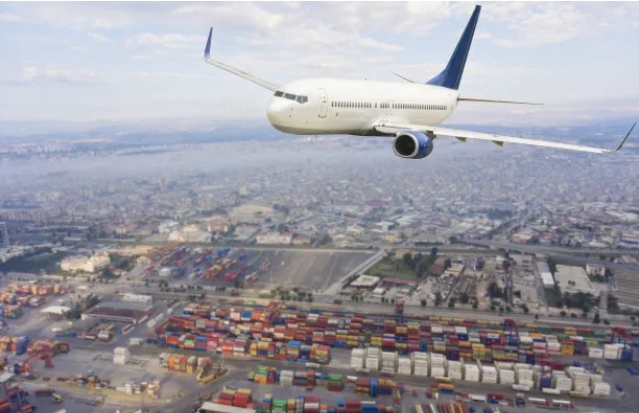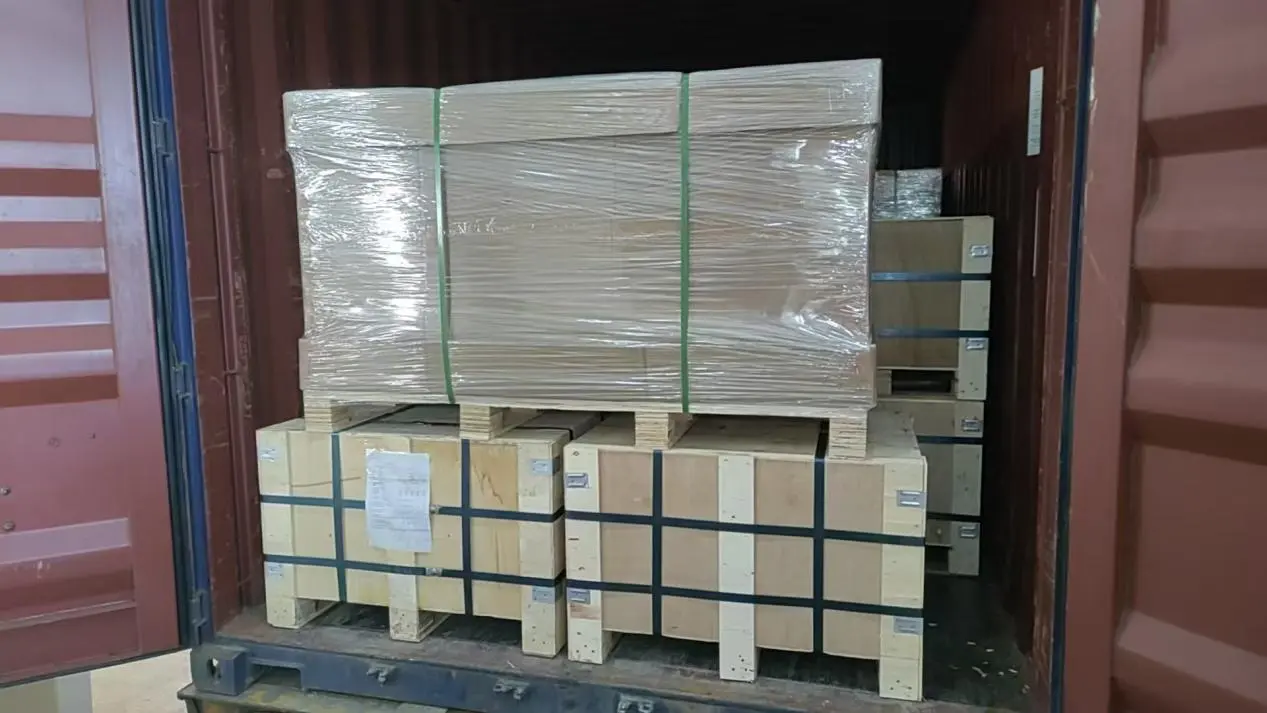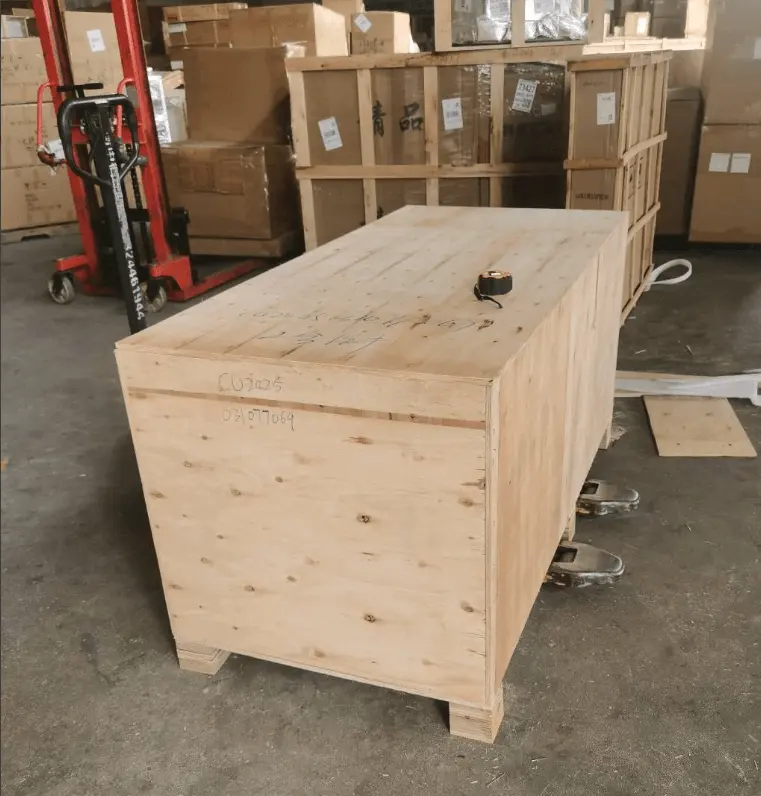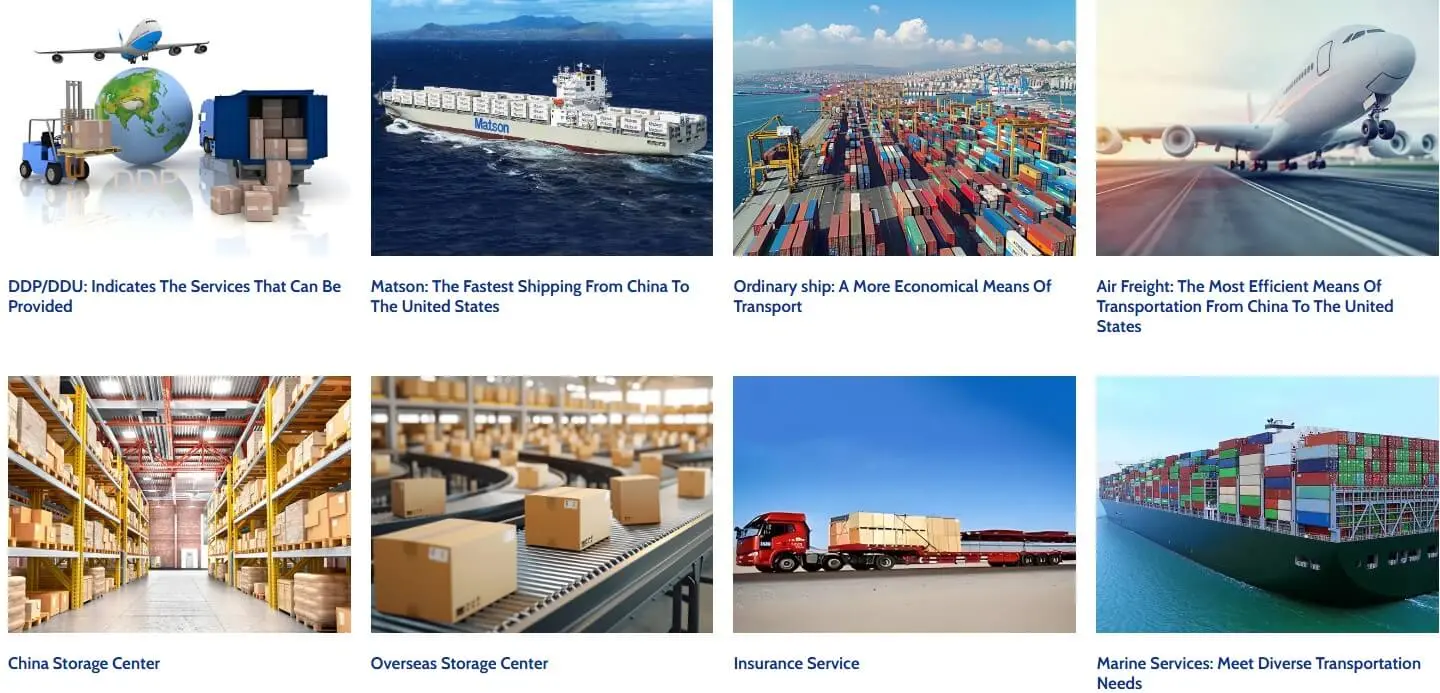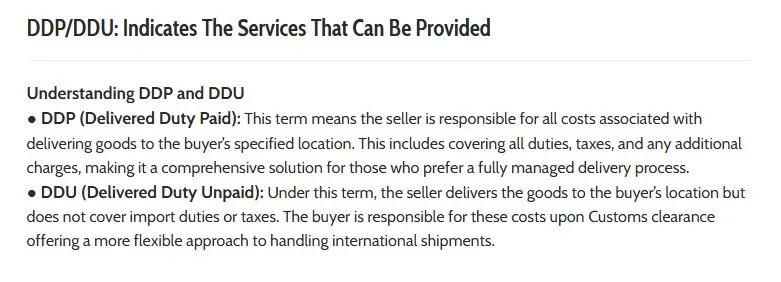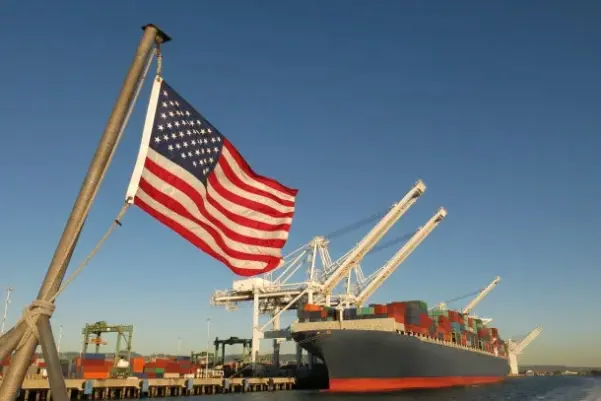cargo shipping companies raise prices in anticipation of higher U.S. custom duty clearance after Trump's win
In an unexpected move, cargo shipping companies across the United States collectively decided to raise prices, a move that sent shockwaves through the logistics and trading community. That could come in anticipation of a tax increase, which could prompt businesses to speed up the transportation process. As businesses prepare for the possible financial impact, more and more people are conducting cargo shipping through the U.S. international shipping co, resulting in increased demand for shipping services.
The recent news of Donald Trump's victory in the US presidential election has further complicated the economic situation. His victory triggered a flurry of volatility in financial markets as investors reacted to expected changes in fiscal policy. Before his election victory, Trump made it clear that once re-elected, he would raise tariffs on US imports in order to protect local manufacturing in the United States. But such a move, if implemented, would not be better for the American people in the long run. As we all know, labor in the United States is very expensive. Even raising the overall cost of imported goods would not necessarily be more expensive than producing them in the United States.
Rising freight rates combined with uncertainty over tax policy have created a perfect storm for businesses. Businesses now face the dual challenge of managing transportation costs and dealing with an unpredictable financial environment. This rush to move goods will not only affect logistics companies, but also have a broader impact on the economy, as it could cause supply chain disruptions and lead to higher prices for consumers.
As the situation evolves, stakeholders in the shipping and logistics industry are watching the situation closely. The interplay between transportation costs, tax expectations, and market volatility will undoubtedly affect the future of U.S. trade. Businesses must remain agile and respond to these changes to mitigate risks and take advantage of opportunities in this ever-changing environment.
